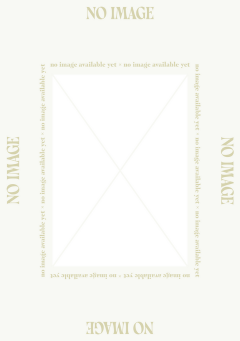My Cart
Your cart is empty
Looks like you haven't made your choice yet.
- Subtotal
Pleurants

Alabaster Mourners for the Tomb Monument of Jean de Berry (1340-1416)
- Hannibal Books
- by Matthew Reeves
More Information
| Publisher | Hannibal Books |
|---|---|
| ISBN | 9789464366228 |
| Author(s) | Matthew Reeves |
| Publication date | February 2022 |
| Edition | Paperback |
| Dimensions | 210 x 148 mm |
| Pages | 88 |
| Language(s) | English ed. |
Description
Medieval sculptures are notoriously hard to study. So often divorced from their original context and function by centuries of destruction, alteration or just neglect, the subtleties of their aesthetic impact, their meaning and their symbolic complexity are at times almost completely hidden from us, to be only loosely gleaned or reconstructed. Fortunately, this is not the case with the two beautiful pleurants — or mourners — in the collection of The Phoebus Foundation.
This edition of Phoebus Focus takes you on a journey of questions and discoveries: who were these men, for whom were they made, and why? Matthew Reeves tells the story of one of France’s richest princes, Jean de Berry (1340-1416), his profound love of art and the wondrous ways in which sculpture can be used to commemorate, move us to prayer, and serve political ends.
"Give me a few more million years and my strandbeests will live completely independently." THEO JANSEN. The artist Theo Jansen (born 1948) from The Hague has become world-famous for his imposing and ingenious beach animals or strandbeests. He was inspired by the theory of evolution to gradually teach them to move in the wind so that they could travel down the beach unaided. By imitating earthly creation in his own highly distinctive way, Jansen hopes to acquire wisdom from nature, encountering in the course of his quest the same problems as the real Creator. This book describes Jansen's experiences as God and builds on his previous books, repeating, scrapping and supplementing. Theo Jansen began studying physics in Delft, then started work as an artist. Between 1986 and 2008 he was the author of a regular column in de Volkskrant. He also wrote the book The Great Pretender, about the process of developing his strandbeests. Jansen was named Artist of the Year 2018 in November 2017 and received The Hague's Culture Award in 2018. Theo Jansen's strandbeests can be admired in the Kunstmuseum Den Haag from 26 February 2022.
"Give me a few more million years and my strandbeests will live completely independently." THEO JANSEN. The artist Theo Jansen (born 1948) from The Hague has become world-famous for his imposing and ingenious beach animals or strandbeests. He was inspired by the theory of evolution to gradually teach them to move in the wind so that they could travel down the beach unaided. By imitating earthly creation in his own highly distinctive way, Jansen hopes to acquire wisdom from nature, encountering in the course of his quest the same problems as the real Creator. This book describes Jansen's experiences as God and builds on his previous books, repeating, scrapping and supplementing. Theo Jansen began studying physics in Delft, then started work as an artist. Between 1986 and 2008 he was the author of a regular column in de Volkskrant. He also wrote the book The Great Pretender, about the process of developing his strandbeests. Jansen was named Artist of the Year 2018 in November 2017 and received The Hague's Culture Award in 2018. Theo Jansen's strandbeests can be admired in the Kunstmuseum Den Haag from 26 February 2022.

Pleurants
